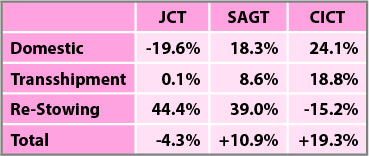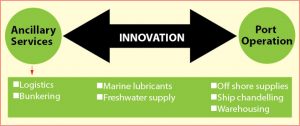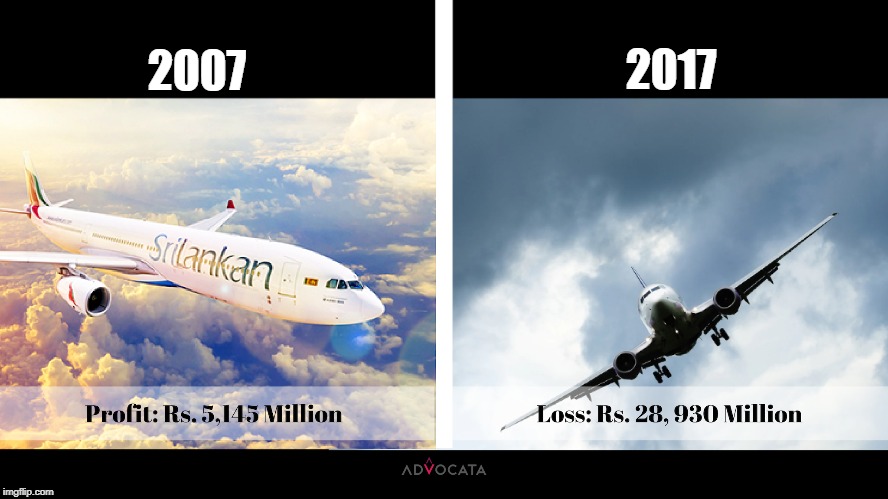By Dhananath Fernando
Originally appeared on the Morning
The game has begun. The familiar auctioning of non-existent resources during election season is in full swing. Candidates are making various promises without considering the repercussions they will face whether they win or lose.
Candidates are likely contemplating two things: first, promise now, gain power, then deal with the aftermath of those promises. Secondly, if they know they’re not going to win, they might promise the impossible, thinking they won’t have to deal with the consequences. Neither of these approaches is without significant risks and either can lead to disastrous consequences.
Elections and governing a country go beyond mere promises and their execution; it’s about managing people’s expectations with available resources.
After the economic crisis, all indicators suggest we are slowly recovering, thanks to stringent measures. Interest rates have soared to record highs to curb inflation. Urban poverty has tripled, rural poverty has doubled, and the already impoverished estate sector has seen a 1.5-fold increase in poverty.
Apart from our parliamentarians, all citizens have compromised their wealth and earnings. The public has reluctantly understood that tough sacrifices are necessary.
Impossible promises
The promises being made now are simply impossible to deliver. One such promise is a 25-50% salary increase for Government employees. Even the last Budget’s cost of living allowance increment is yet to be fully implemented. According to the 2023 Budget, Government salaries and wages total approximately Rs. 939 billion. Therefore, a 25-50% increase would require an additional Rs. 230-460 billion next year.
Our annual revenue from Advance Personal Income Tax (APIT) is at most Rs. 160 billion. This means that the proposed salary hike would require almost 1.5 to three times APIT. Is the private sector ready to shoulder an additional 150-300% in tax or revenue hikes for these Government salary increases?
Just in July, the Government rejected a proposed Rs. 20,000 salary hike for State workers, stating that it would need an additional Rs. 275 billion, which would require increasing the Value-Added Tax (VAT) by 4% to proceed.
Making matters worse, there are suggestions to amend VAT and many other tax rates by different candidates to align with their earlier pitches.
The danger of these promises is that whoever becomes the candidate who comes into power will need to fulfil all these promises, even those made by their competitors, which are unattainable.
The losing candidate, who will then be in the opposition, will always pressure the government to fulfil these unsustainable promises, raising public expectations for things that cannot be delivered. When expectations are unmet, it typically results in a political crisis, or if they try to fulfil what was promised and it is not economically viable, we will end up in an economic crisis.
That is why elections are not just about gaining power but also about managing people’s expectations.
Making promises responsibly
A salary hike for senior Government officials is necessary, but it is only feasible through a complete restructuring of the Government cadre and our military.
Currently, about 48% of our salary expenditure is for the defence sector, with about 32% going to the military. Restructuring the military is complicated and sensitive. A salary hike without restructuring will disincentivise staff who are expecting to leave, adding a massive burden on Government pensions and leading to a pension crisis.
With the new Central Bank of Sri Lanka (CBSL) Act, the Treasury cannot borrow money from the CBSL or print money. Therefore, if the Government borrows more from the market, interest rates will rise and the overall cost of capital will skyrocket.
The proposals to revise VAT are no different. VAT is a reasonable tax system because it only charges for the value added, unlike other indirect taxes like the Social Security Contribution Levy (SSCL), which has a cascading effect. VAT is easier to collect and it creates minimal distortions. Additionally, high-income earners contribute a higher amount of VAT as their consumption is greater.
The discussion about renegotiating the International Monetary Fund (IMF) agreement needs to be approached with caution. In every IMF review, it is clear that adjustments or shifts in timelines are made based on our performance.
However, trying to renegotiate the entire IMF agreement and its structural benchmarks could invite unnecessary complications. Not only Sri Lanka, but our bilateral partners including China, Japan, and India; multilaterals such as the Asian Development Bank (ADB) and Japan International Cooperation Agency (JICA); and our bondholders have all based their calculations on the existing IMF agreement.
It took over a year to negotiate our current terms. Another renegotiation would be time-consuming, and by the time we reach a settlement, the accumulated interest would be unbearable and market confidence would likely falter.
The damage our candidates are collectively doing is by making promises that cannot be delivered during this crucial time, and people’s expectations are a combination of all these. Whoever wins may have to deliver most of these pledges, which is not feasible. If the winner cannot deliver, a political crisis is certain, or if the winner tries to implement what was promised, another economic and social crisis is assured.
While people must vote carefully, candidates must make their promises responsibly; otherwise, they will start losing power from the very first day they receive it.








